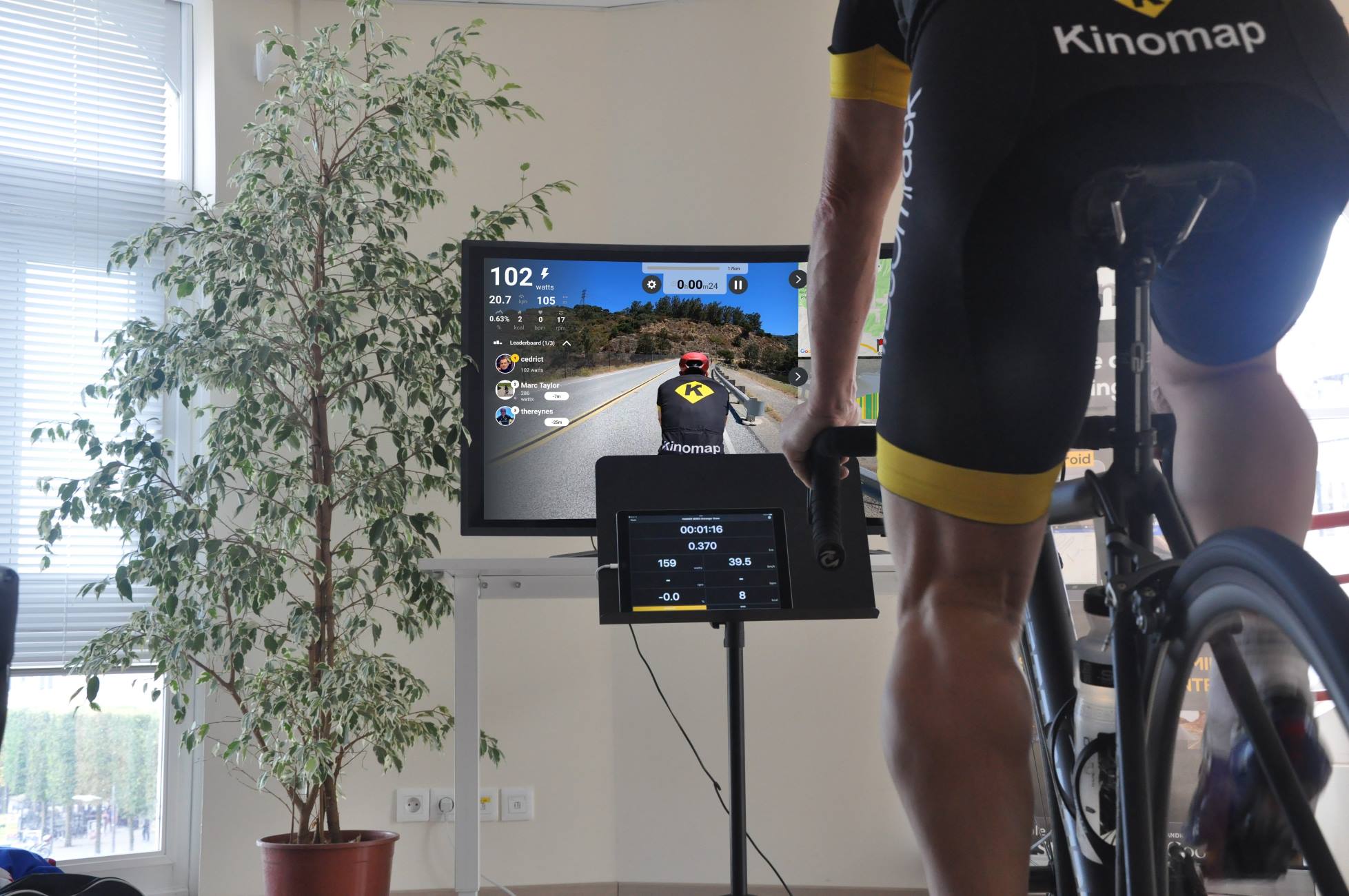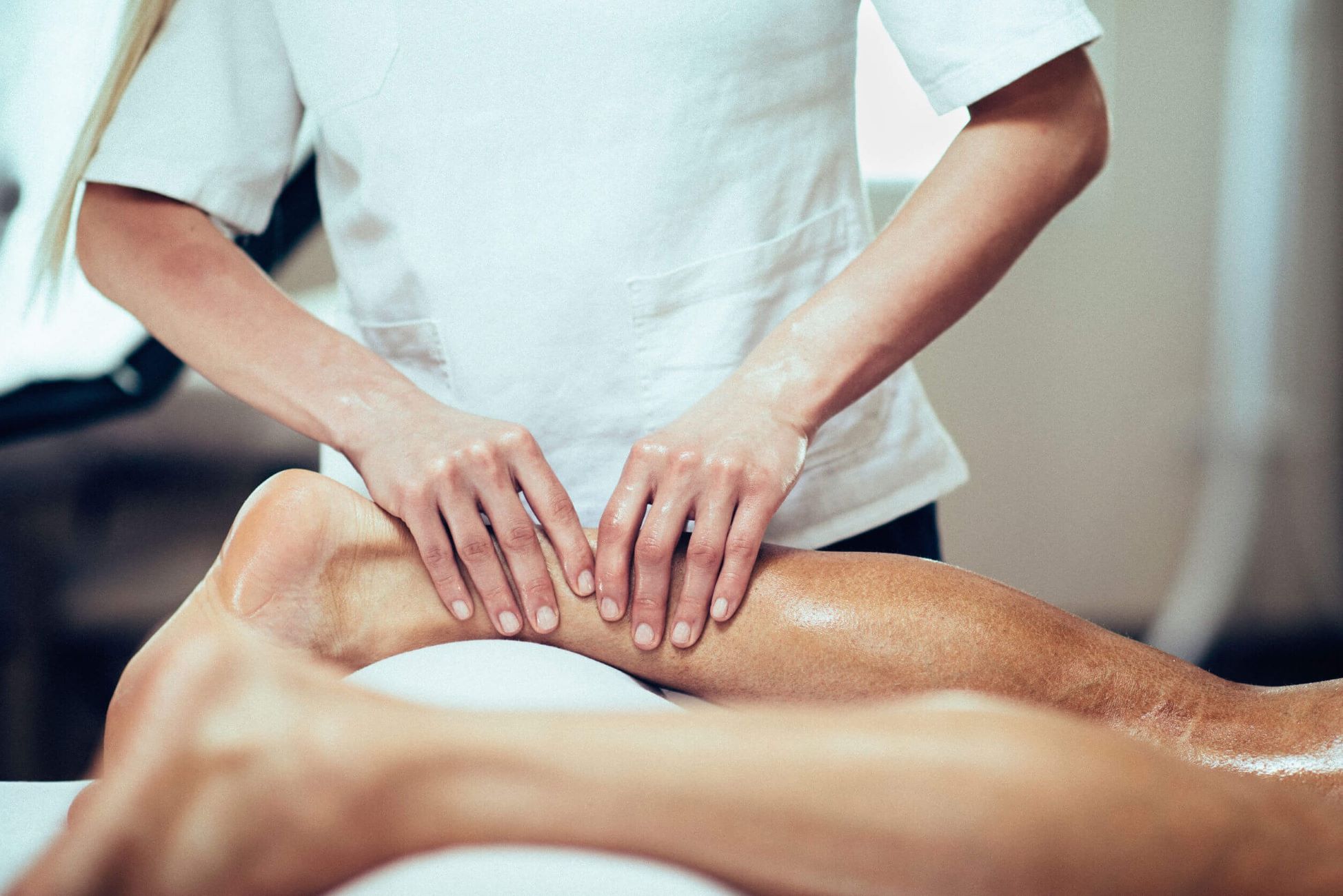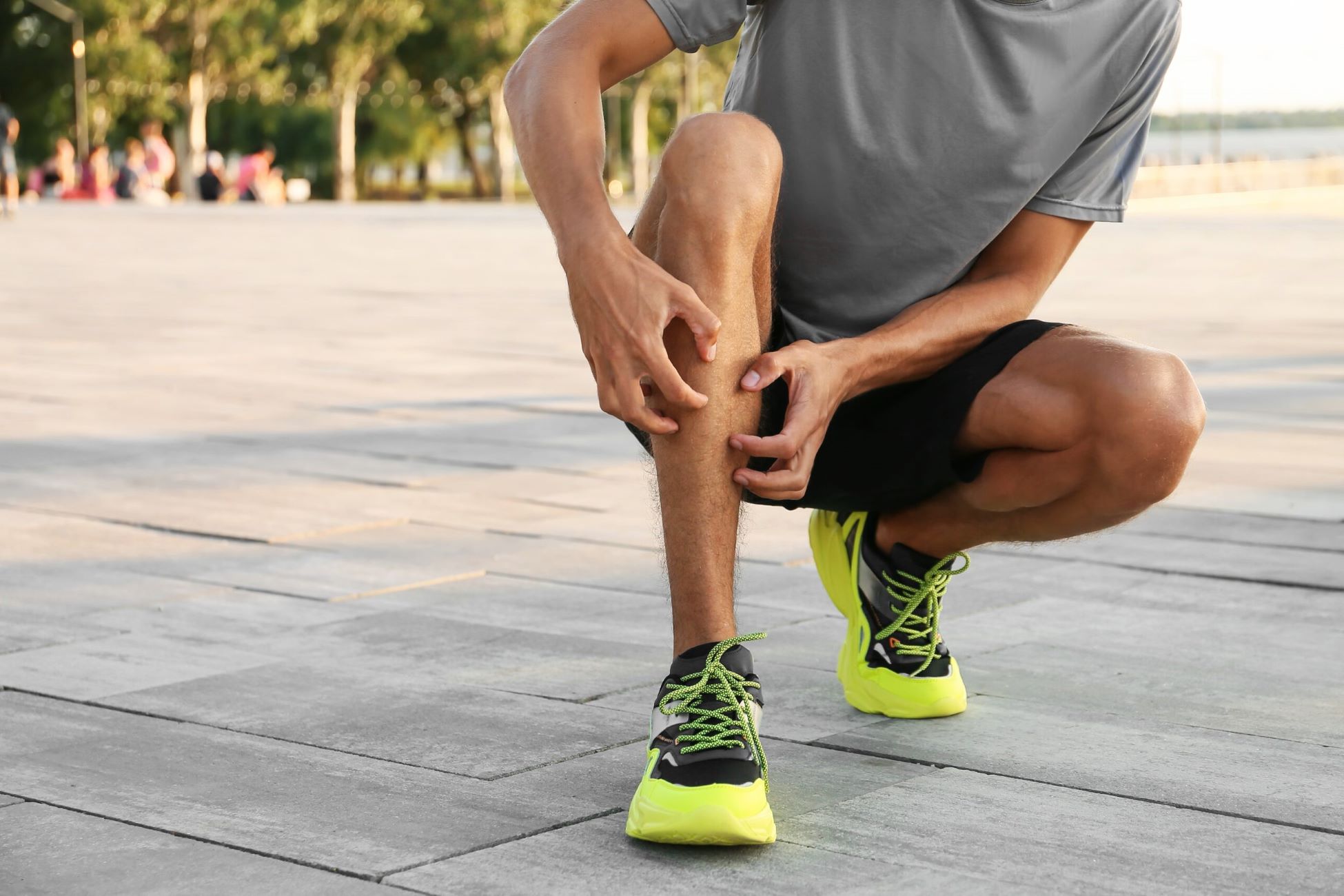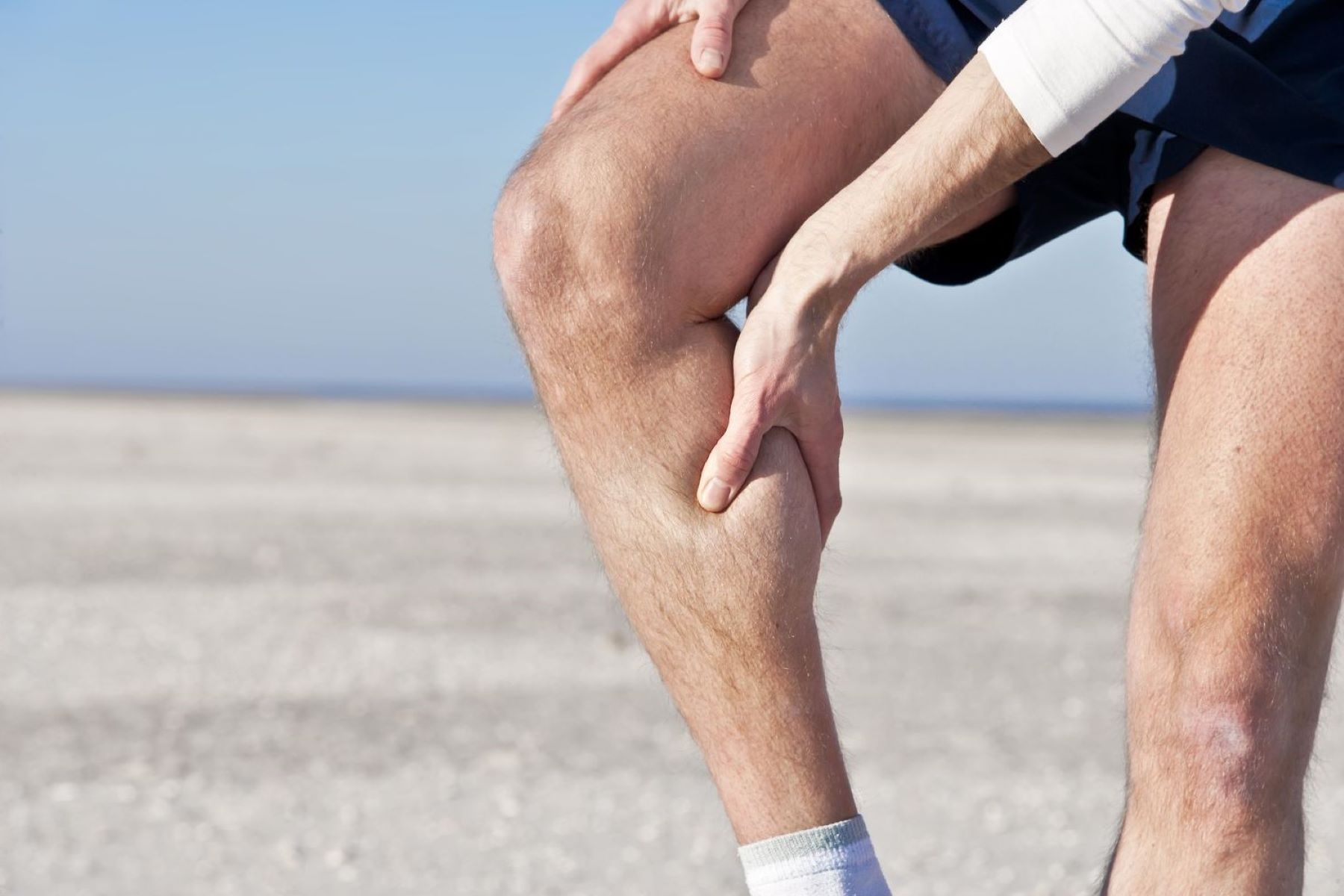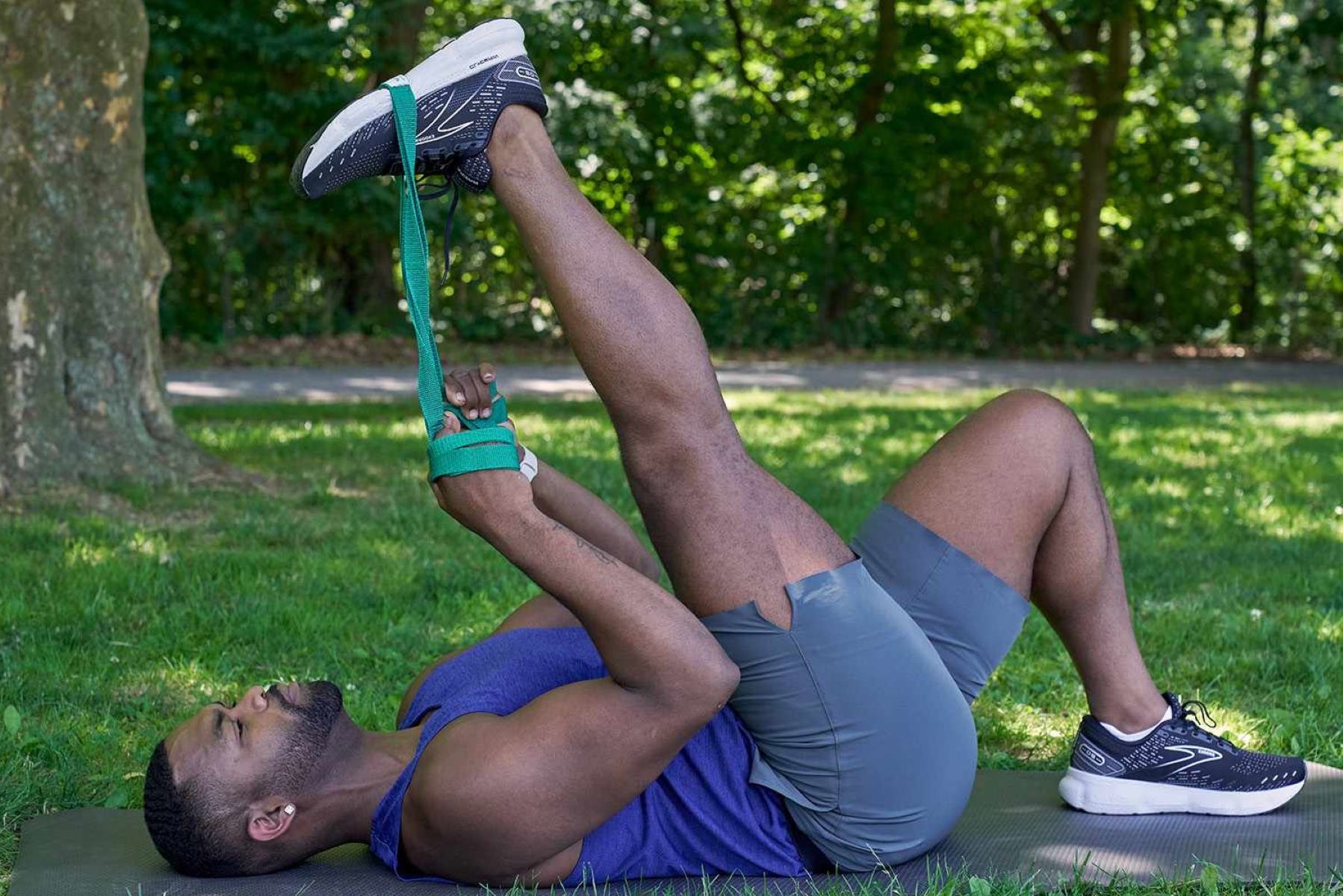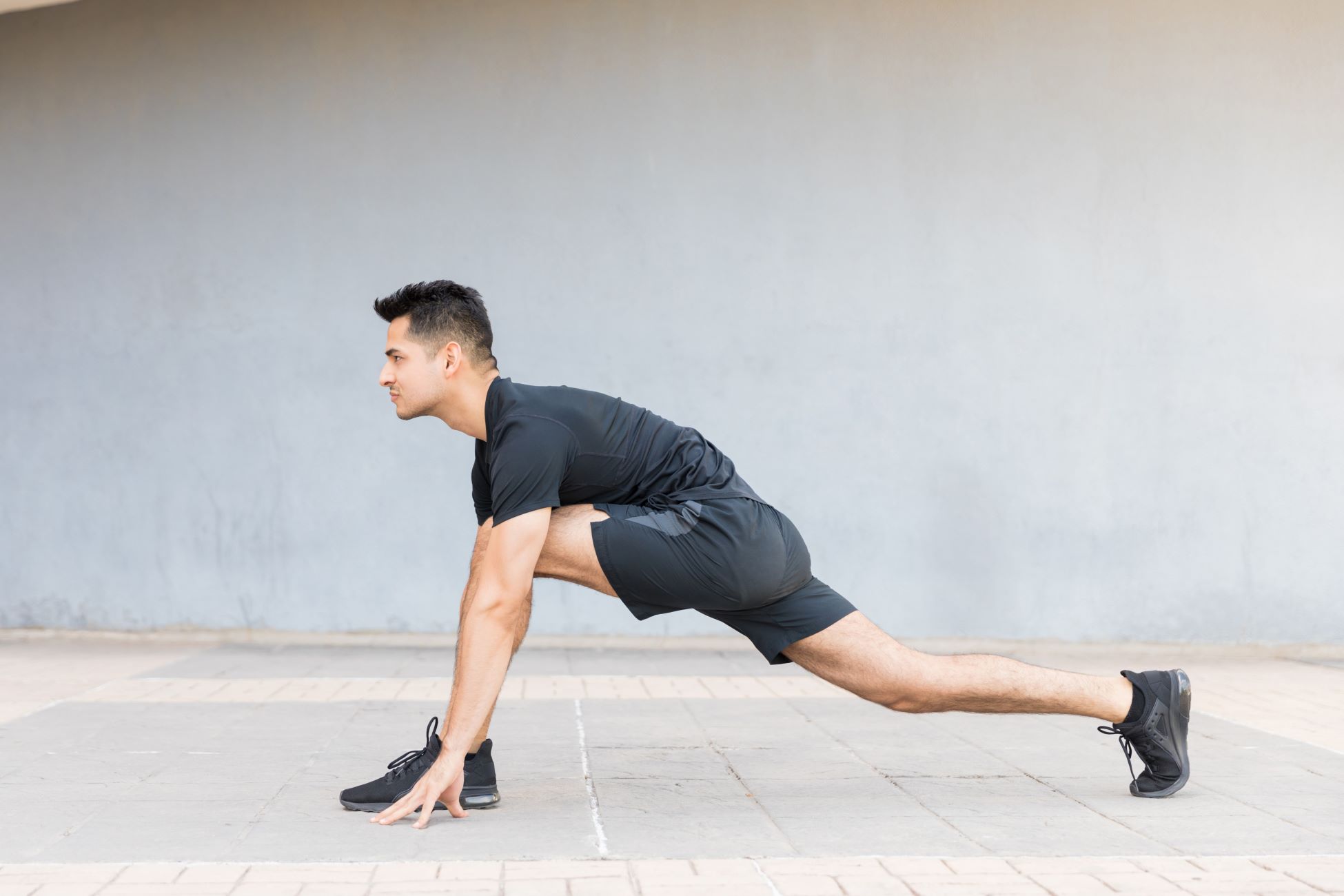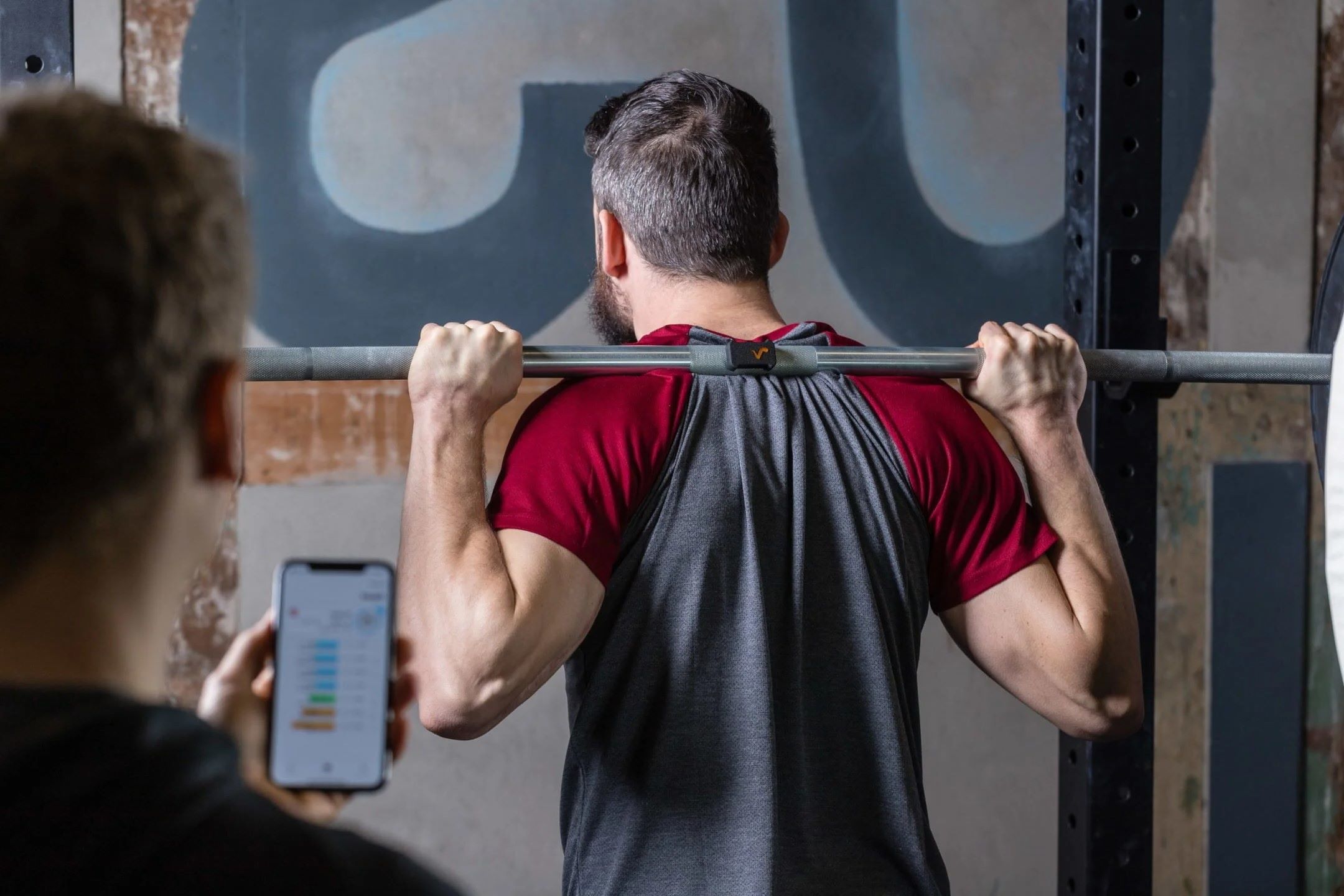Home>Health & Nutrition>Injury Prevention>Understanding Peritendinitis: A Guide For Runners


Injury Prevention
Understanding Peritendinitis: A Guide For Runners
Published: February 25, 2024
Learn how to prevent peritendinitis and stay injury-free while running with this comprehensive guide for runners. Understanding the causes, symptoms, and treatment options.
(Many of the links in this article redirect to a specific reviewed product. Your purchase of these products through affiliate links helps to generate commission for Therunningadvisor.com, at no extra cost. Learn more)
Table of Contents
What is Peritendinitis?
Peritendinitis, also known as tenosynovitis, is a common overuse injury that affects runners and athletes. It occurs when the sheath surrounding a tendon becomes inflamed, leading to pain, swelling, and restricted movement. This condition often develops in the tendons of the lower extremities, such as the Achilles tendon, patellar tendon, or the tendons in the foot and ankle.
The inflammation of the tendon sheath can result from repetitive stress and strain on the tendons, leading to microtrauma and irritation. Runners are particularly susceptible to peritendinitis due to the repetitive nature of their sport, which places continuous stress on the tendons and surrounding structures. Factors such as overtraining, improper footwear, sudden increases in training intensity, and running on hard surfaces can contribute to the development of peritendinitis.
When the sheath surrounding a tendon becomes inflamed, it can lead to discomfort and pain during movement, especially when running or engaging in physical activities. Runners may experience tenderness, swelling, and a sensation of friction or catching in the affected area. If left untreated, peritendinitis can progress and lead to more severe symptoms, potentially impacting a runner's performance and overall well-being.
Understanding the nature of peritendinitis is crucial for runners to recognize the early signs and symptoms, seek appropriate treatment, and implement preventive measures to avoid its recurrence. By gaining insight into the causes, symptoms, and management of peritendinitis, runners can take proactive steps to safeguard their tendon health and maintain their running routine effectively.
Causes of Peritendinitis in Runners
Peritendinitis, a common affliction among runners, can be attributed to various factors related to training, biomechanics, and lifestyle. Understanding the specific causes of peritendinitis is essential for runners to mitigate the risk of developing this condition and to optimize their training regimen. Here are the primary causes of peritendinitis in runners:
-
Overuse and Training Errors: One of the leading causes of peritendinitis in runners is overuse and training errors. Engaging in excessive running without adequate rest and recovery can place undue stress on the tendons, leading to inflammation of the tendon sheath. Additionally, sudden increases in training intensity or mileage without proper progression can overwhelm the tendons, predisposing runners to peritendinitis.
-
Biomechanical Imbalances: Runners with biomechanical imbalances, such as overpronation or supination, are at a higher risk of developing peritendinitis. These imbalances can alter the distribution of forces on the tendons, leading to increased strain and potential inflammation of the tendon sheath. Addressing these imbalances through proper footwear, orthotics, and gait analysis is crucial for preventing peritendinitis.
-
Inadequate Footwear: Ill-fitting or worn-out running shoes can contribute to the development of peritendinitis. Insufficient cushioning and support can lead to increased impact and stress on the tendons, potentially resulting in inflammation of the tendon sheath. Runners should invest in high-quality, supportive footwear that suits their individual biomechanical needs to reduce the risk of peritendinitis.
-
Poor Running Surfaces: Running on hard or uneven surfaces can exacerbate the risk of peritendinitis. The repetitive impact of running on unforgiving surfaces can strain the tendons and their surrounding structures, leading to inflammation and discomfort. Whenever possible, runners should seek out softer, more forgiving surfaces for their training to minimize the risk of peritendinitis.
-
Muscle Imbalances and Weakness: Imbalances and weaknesses in the muscles surrounding the tendons can contribute to the development of peritendinitis. Inadequate strength and stability in the lower extremities can place excessive stress on the tendons, increasing the likelihood of inflammation and discomfort. Implementing a comprehensive strength and conditioning program can help address these imbalances and reduce the risk of peritendinitis.
By recognizing these primary causes of peritendinitis, runners can take proactive measures to mitigate these risk factors and promote tendon health. Implementing appropriate training strategies, addressing biomechanical imbalances, and prioritizing proper footwear and running surfaces are essential steps in preventing the onset of peritendinitis and sustaining a healthy running routine.
Symptoms of Peritendinitis
Peritendinitis manifests through a range of symptoms that can significantly impact a runner's comfort and performance. Recognizing these signs is crucial for early intervention and effective management of the condition. The following symptoms are indicative of peritendinitis in runners:
-
Pain and Tenderness: Runners with peritendinitis often experience localized pain and tenderness around the affected tendon. This discomfort may intensify during physical activity, particularly when running or engaging in movements that stress the involved tendon. The pain can range from a dull ache to a sharp, stabbing sensation, impacting the runner's ability to train effectively.
-
Swelling and Inflammation: Inflamed tendon sheaths can lead to noticeable swelling and inflammation in the affected area. Runners may observe redness and warmth around the tendon, indicating the presence of an inflammatory response. Swelling can contribute to discomfort and restricted mobility, further impeding the runner's training and performance.
-
Stiffness and Reduced Range of Motion: Peritendinitis can result in stiffness and reduced flexibility in the affected tendon. Runners may notice difficulty in achieving their usual range of motion, particularly during activities that require full extension or flexion of the involved tendon. This limitation can hinder running efficiency and predispose the runner to compensatory movements, potentially leading to additional strain and injury.
-
Audible Crepitus: In some cases, runners with peritendinitis may experience audible crepitus, characterized by a crackling or grating sensation during movement. This phenomenon occurs due to friction within the inflamed tendon sheath, indicating the presence of abnormal tissue interactions. Audible crepitus can be disconcerting for runners and may prompt them to seek medical evaluation for the underlying cause.
-
Discomfort at Rest: Peritendinitis can cause discomfort even during periods of rest. Runners may experience persistent pain and tenderness around the affected tendon, impacting their ability to recover adequately between training sessions. This ongoing discomfort can disrupt sleep patterns and overall well-being, highlighting the pervasive nature of peritendinitis symptoms.
By familiarizing themselves with these symptoms, runners can promptly identify the presence of peritendinitis and seek appropriate medical guidance. Early recognition of these signs enables runners to pursue targeted treatment and implement preventive measures to mitigate the impact of peritendinitis on their training and overall running experience.
Diagnosis and Treatment Options
Diagnosing peritendinitis in runners involves a comprehensive assessment of the presenting symptoms, medical history, and physical examination. Healthcare professionals may utilize imaging studies, such as ultrasound or magnetic resonance imaging (MRI), to visualize the affected tendon and assess the extent of inflammation and tissue involvement. These diagnostic tools enable healthcare providers to accurately identify peritendinitis and differentiate it from other potential causes of tendon pain and dysfunction.
Once diagnosed, the treatment of peritendinitis in runners typically involves a multifaceted approach aimed at reducing inflammation, alleviating symptoms, and promoting tendon healing. Here are the primary treatment options commonly employed for managing peritendinitis:
-
Rest and Activity Modification: Resting the affected tendon and modifying training activities are essential for allowing the inflamed tendon sheath to heal. Runners may need to temporarily reduce or modify their running regimen to minimize stress on the affected tendon and facilitate recovery.
-
Ice and Elevation: Applying ice to the affected area and elevating the limb can help reduce swelling and alleviate pain associated with peritendinitis. These simple measures can provide symptomatic relief and support the body's natural healing processes.
-
Physical Therapy: Engaging in targeted physical therapy exercises can aid in restoring flexibility, strength, and proper biomechanics of the affected tendon. Physical therapists can design individualized rehabilitation programs to address muscle imbalances, improve tendon resilience, and prevent the recurrence of peritendinitis.
-
Anti-Inflammatory Medications: Nonsteroidal anti-inflammatory drugs (NSAIDs) may be prescribed to manage pain and reduce inflammation associated with peritendinitis. These medications can offer short-term relief and support the healing process.
-
Corticosteroid Injections: In some cases, healthcare providers may recommend corticosteroid injections to directly target the inflamed tendon sheath and alleviate persistent symptoms. These injections can provide rapid relief but are typically used judiciously due to potential side effects.
-
Biomechanical Interventions: Addressing underlying biomechanical imbalances through orthotic devices, footwear modifications, or gait retraining can help reduce strain on the affected tendon and prevent recurrent episodes of peritendinitis.
-
Extracorporeal Shock Wave Therapy (ESWT): ESWT is a non-invasive treatment modality that delivers shock waves to the affected tendon, promoting tissue regeneration and pain relief. This therapeutic approach may be considered for persistent cases of peritendinitis.
By implementing a combination of these treatment options, runners can effectively manage peritendinitis and facilitate a safe return to their running activities. It is essential for individuals with peritendinitis to adhere to the prescribed treatment plan, actively participate in rehabilitation, and gradually resume running under the guidance of healthcare professionals to minimize the risk of recurrence and promote long-term tendon health.
Prevention and Management Strategies for Runners
Preventing and effectively managing peritendinitis is paramount for runners seeking to sustain their training routine and safeguard their tendon health. By implementing proactive strategies and adopting prudent management approaches, runners can mitigate the risk of peritendinitis and optimize their overall running experience.
Read more: Understanding And Managing Patellofemoral Pain Syndrome: A Comprehensive Guide For Runners
Prioritize Gradual Progression and Recovery
Gradual progression in training volume and intensity is essential for preventing overuse injuries, including peritendinitis. Runners should adhere to structured training plans that incorporate incremental increases in mileage and intensity, allowing the tendons to adapt gradually to the demands of running. Additionally, prioritizing adequate rest and recovery periods between training sessions is crucial for minimizing the cumulative stress on the tendons and promoting tissue repair.
Incorporate Strength and Flexibility Training
Integrating regular strength and flexibility exercises into the training regimen can fortify the muscles surrounding the tendons and enhance overall biomechanical resilience. Targeted strength training for the lower extremities, including the calf muscles, quadriceps, and hamstrings, can bolster tendon support and reduce the risk of overloading the tendon sheaths. Furthermore, flexibility exercises aimed at maintaining optimal joint mobility and tendon suppleness can contribute to injury prevention and mitigate the development of peritendinitis.
Optimize Biomechanics and Footwear
Conducting a thorough gait analysis and addressing biomechanical inefficiencies through appropriate footwear and orthotic interventions can mitigate the strain on the tendons during running. Runners with overpronation or supination tendencies can benefit from footwear modifications or orthotic inserts designed to promote proper foot alignment and reduce excessive stress on the tendons. Selecting running shoes that offer adequate cushioning, stability, and support tailored to individual biomechanical needs is instrumental in preventing peritendinitis.
Cross-Train and Diversify Training Surfaces
Incorporating cross-training activities, such as swimming, cycling, or strength-based workouts, can provide a well-rounded approach to fitness while reducing the repetitive strain on the tendons associated with running. Diversifying training surfaces by incorporating softer terrains, such as trails or tracks, can alleviate the impact on the tendons and minimize the risk of overuse injuries. By varying training modalities and surfaces, runners can promote tendon resilience and mitigate the development of peritendinitis.
Listen to the Body and Seek Early Intervention
Attentiveness to the body's signals and early recognition of potential warning signs of peritendinitis are pivotal for prompt intervention. Runners should heed any emerging discomfort, pain, or stiffness in the tendons and seek professional evaluation to address these symptoms proactively. Timely intervention can facilitate early treatment and prevent the progression of peritendinitis, ultimately minimizing the impact on training continuity and performance.
By integrating these preventive measures and management strategies into their running routine, individuals can proactively mitigate the risk of peritendinitis and foster long-term tendon health. Embracing a holistic approach to injury prevention and management empowers runners to pursue their passion for running while minimizing the potential setbacks associated with peritendinitis.

